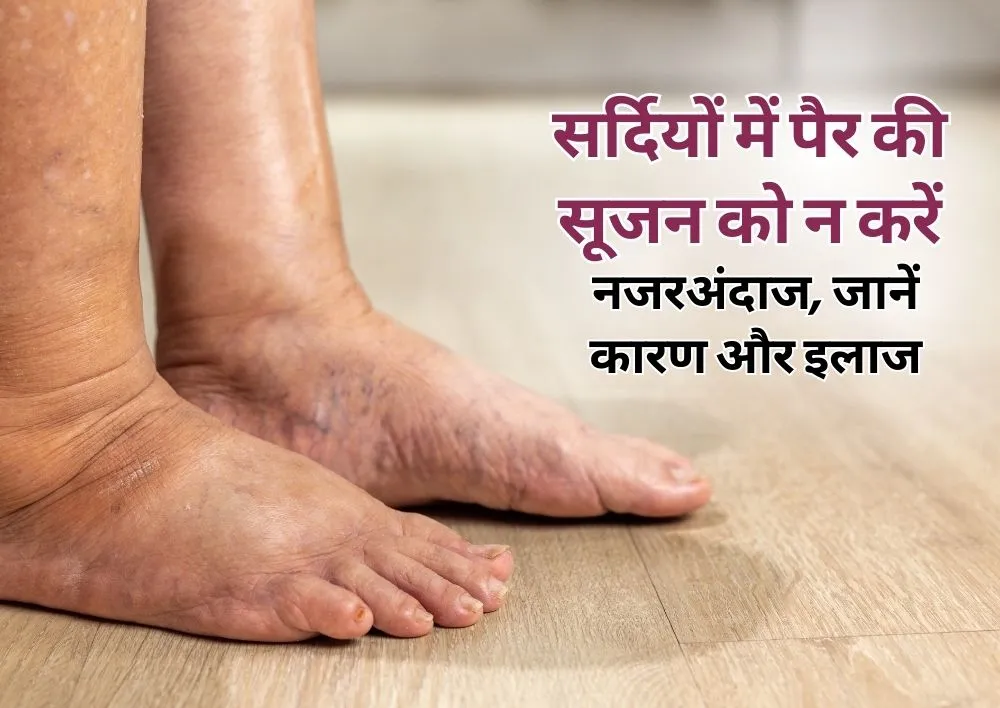Dysmenorrhea - Causes and Treatment
Dysmenorrhea is one of the most painful menstrual issues that women have to go through in their lifetime and is translated as “painful monthly flow”. One can often experience normal abdominal cramps during the start of menstruation or periods, but dysmenorrhea is one of the most painful experiences which feels like sharp intermittent cramping starting at the midline of the pelvis and lasting up to 3 days. The pain may range from mild discomfort to disabling pain and therefore it requires immediate treatment. Dr. Sadhna Sharma is one of the best gynaecologists in Gurgaon who has more than 17 years of experience in her field.
Causes of Dysmenorrhea
During menstruation, the inner lining of the uterus called the endometrium is shed which releases a hormone called prostaglandin in a woman’s body which causes uterine contractions. Sometimes due to the release of excess prostaglandins, the contractions become too strong, to reduce the contractions the muscles cut off the supply of oxygen to the uterine muscles and cause pain. This kind of dysmenorrhea, under normal conditions of release of excess prostaglandins, is called Primary Dysmenorrhea and is easily treatable through mild medications. Primary Dysmenorrhea continues till menopause or till the first child is born in most cases as Dr. Sadhna has learned through her experience.
Secondary dysmenorrhea is the root cause of complication of the menstrual problems and is caused due to physical issues outside the menstruation process as given below:
- Formation of Fibroids or benign muscular tumors in the uterus.
- Endometriosis or formation of implants of uterine cell lining other than the uterus like that of the abdomen and pelvis.
- Formation of ovarian cysts or solid or fluid-filled masses in the ovary.
- Growth of glands within the wall of the uterus called Adenomyosis.
- Uterine malformation is a type of birth defect.
- PID (Pelvic Inflammatory Disease) is a sexually transmitted disease that spreads among the ovaries, inner pelvis, uterus, abdomen, and fallopian tubes and may lead to dysmenorrhea.
- Blockage or narrowing down of the cervical opening to the vagina may also cause Dysmenorrhea.
Diagnosis of Dysmenorrhea
Dr. Sadhna being one of the best women Gynae doctor in Gurgaon has treated several of her patients successfully to cure Dysmenorrhea.
The treatment of dysmenorrhea involves ruling out the chances of secondary dysmenorrhea through the following steps:
- The history of the patient is vital like collecting information about the location, duration, type, timing, and severity of the pains as well as any associated symptoms.
- A physical examination by the doctor helps to test for abnormal tenderness within the ovaries or cervix which is the result of infection.
- The doctor also checks for enlargement, thickening, or any irregular structures within the uterus or ovaries.
- The doctor may also order blood investigations, which can detect signs of PID.
- Pelvic MRI’s and Transvaginal Pelvic sonograms are also carried out by the doctor to evaluate the anatomy of the abdomen and pelvis where the focus is on the uterus and ovaries.
Dr. Sadhna is among the best female gynaecology doctor in Gurgaon, Haryana, India at Miracles Apollo Cradle. an expert surgeon, and one of the top gynaecologist near you. She has treated numerous patients and provided them with relief from problems of Dysmenorrhea.














Was the information useful?
0 0